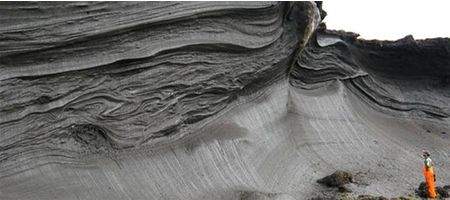The permafrost covering almost a quarter of the northern hemisphere contains twice as much carbon as is currently in the atmosphere, and could significantly amplify global warming should thawing accelerate as expected.

According to a new report from the UN Environment Programme (UNEP), warming permafrost can also radically change ecosystems and cause costly infrastructural damage due to increasingly unstable ground.
“Permafrost is one of the keys to the planet’s future because it contains large stores of frozen organic matter that, if thawed and released into the atmosphere, would amplify current global warming and propel us to a warmer world,” says UN Under-Secretary General and UNEP Executive Director Achim Steiner.
“Its potential impact on the climate, ecosystems and infrastructure has been neglected for too long.”
Most current permafrost was formed during or since the last ice age, and extends to depths of more than 700 meters in parts of northern Siberia and Canada. It consists of an active layer of up to two metres in thickness, which thaws each summer and refreezes each winter, along with permanently frozen soil beneath.
When the active layer thaws, huge quantities of organic matter stored in the frozen soil begin to decay, releasing large amounts of CO₂ and methane into the atmosphere. And feedback means it will only get worse.
Arctic and alpine air temperatures are expected to increase at roughly twice the global rate, and climate projections indicate substantial loss of permafrost by 2100. A global temperature increase of 3°C means a 6°C increase in the Arctic, resulting in an irreversible loss of anywhere between 30 to 85 per cent of near-surface permafrost.
This warming permafrost could emit 43 to 135 gigatonnes of carbon dioxide equivalent by 2100 and 246 to 415 gigatonnes by 2200, says the team.
“The release of carbon dioxide and methane from warming permafrost is irreversible: once the organic matter thaws and decays away, there is no way to put it back into the permafrost,” says Kevin Schaefer, from the University of Colorado’s National Snow and Ice Data Center.
“Anthropogenic emissions’ targets in the climate change treaty need to account for these emissions or we risk overshooting the 2°C maximum warming target.”






